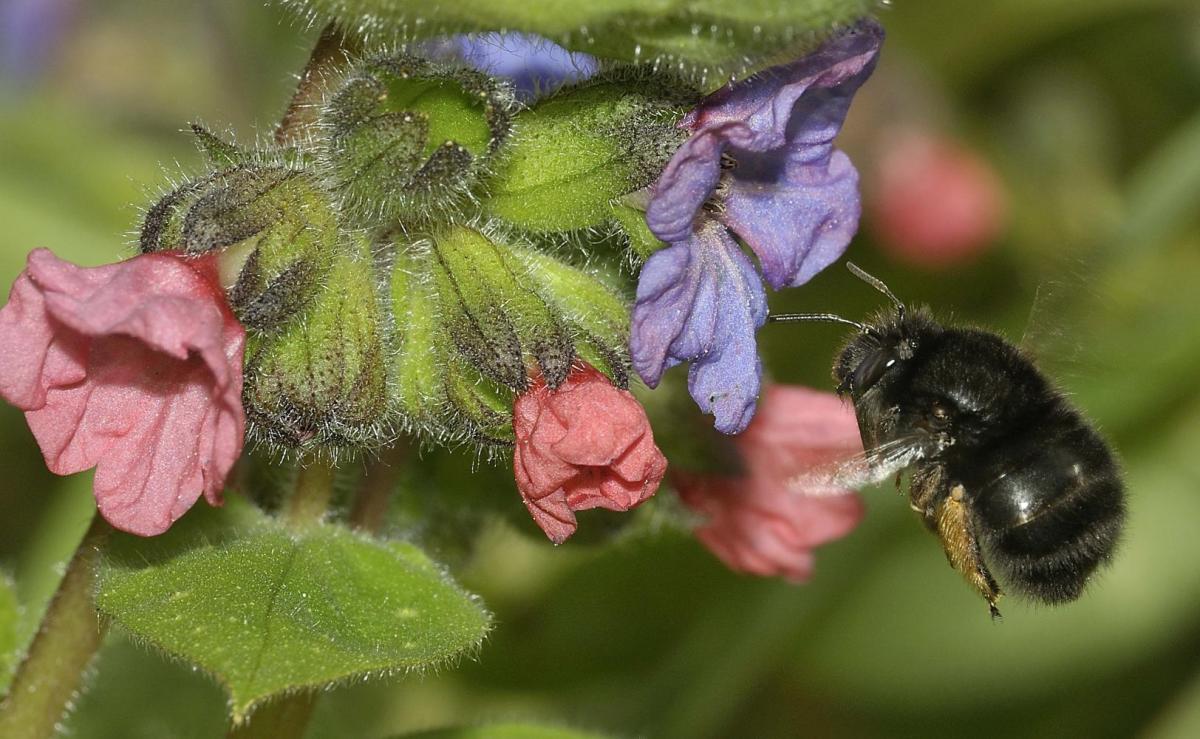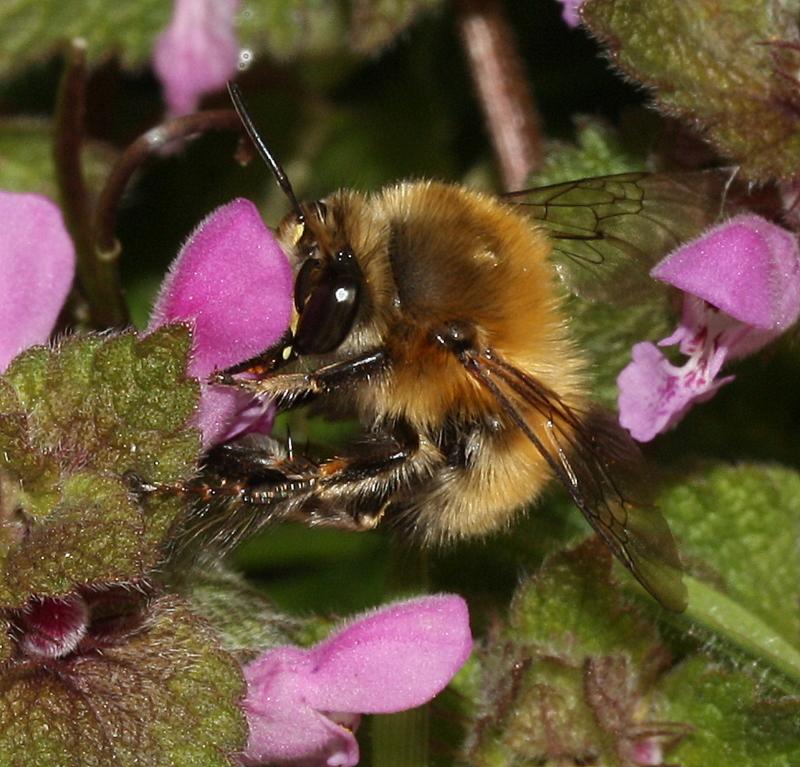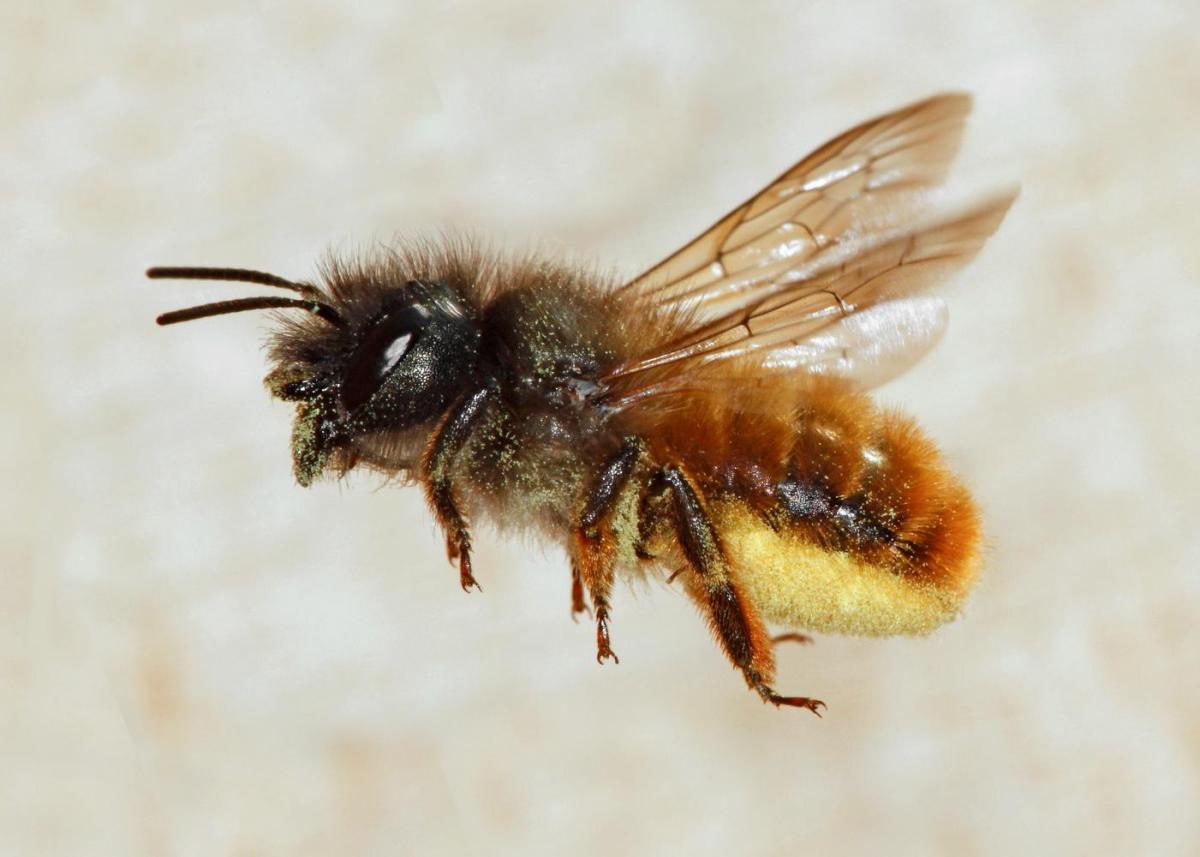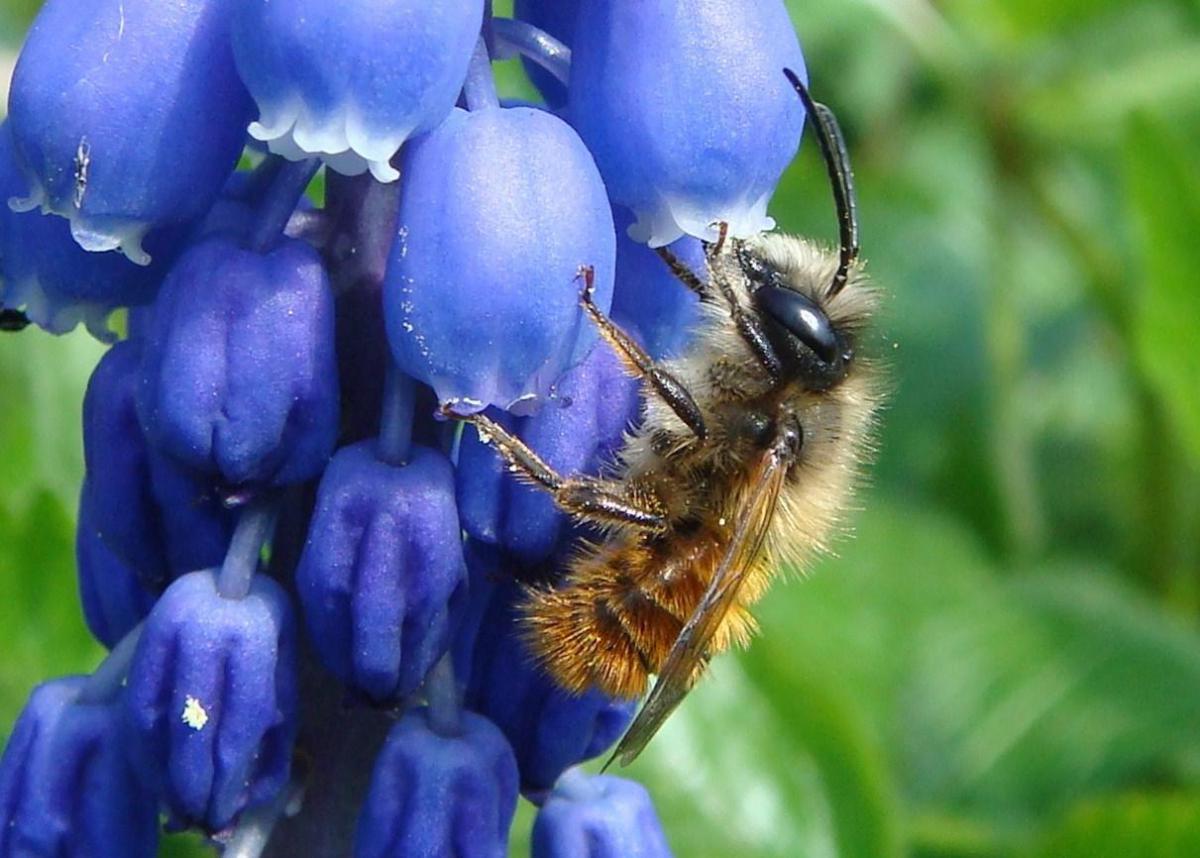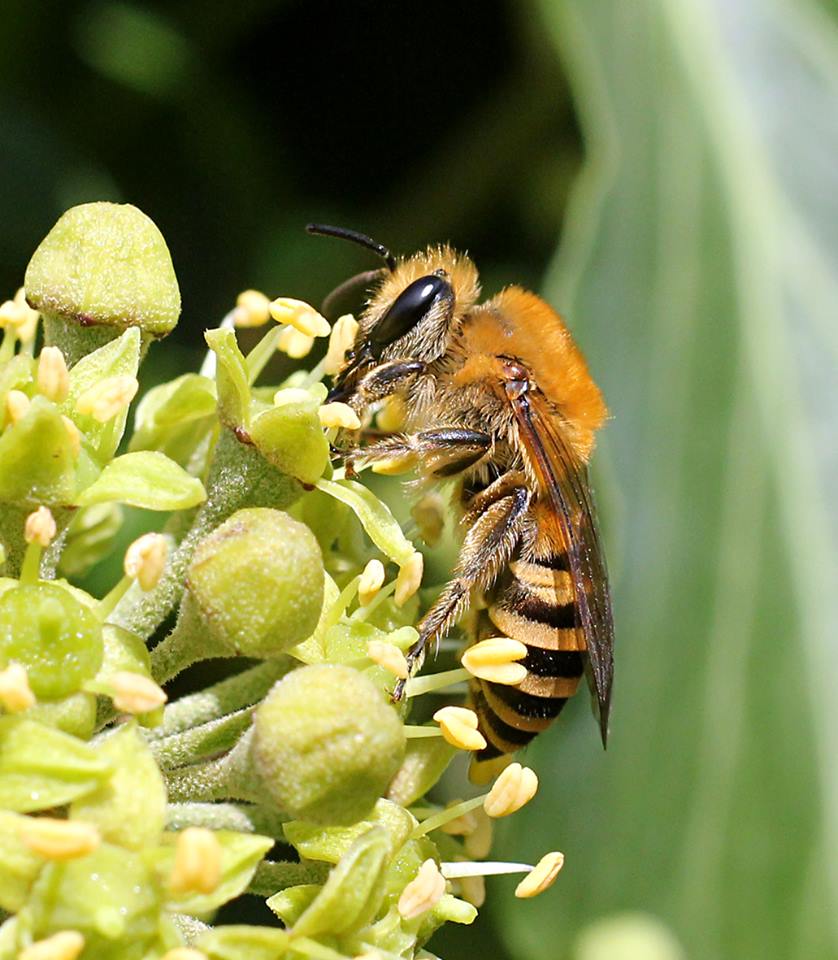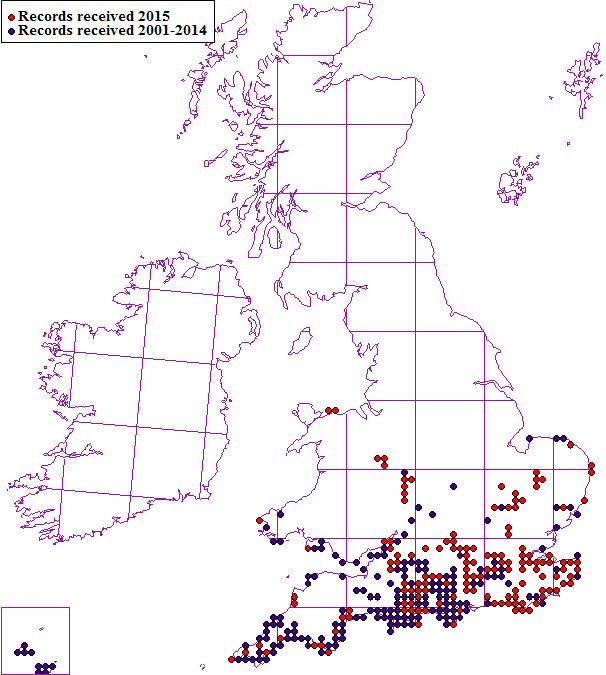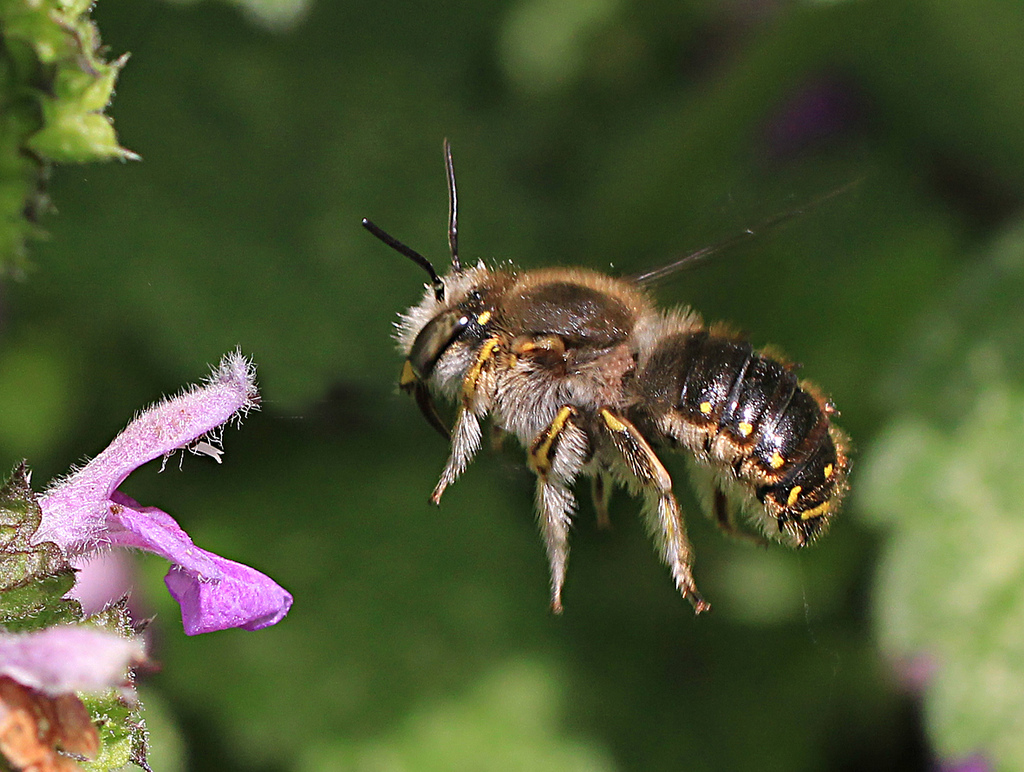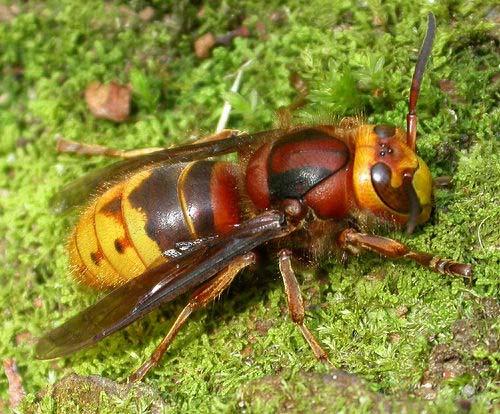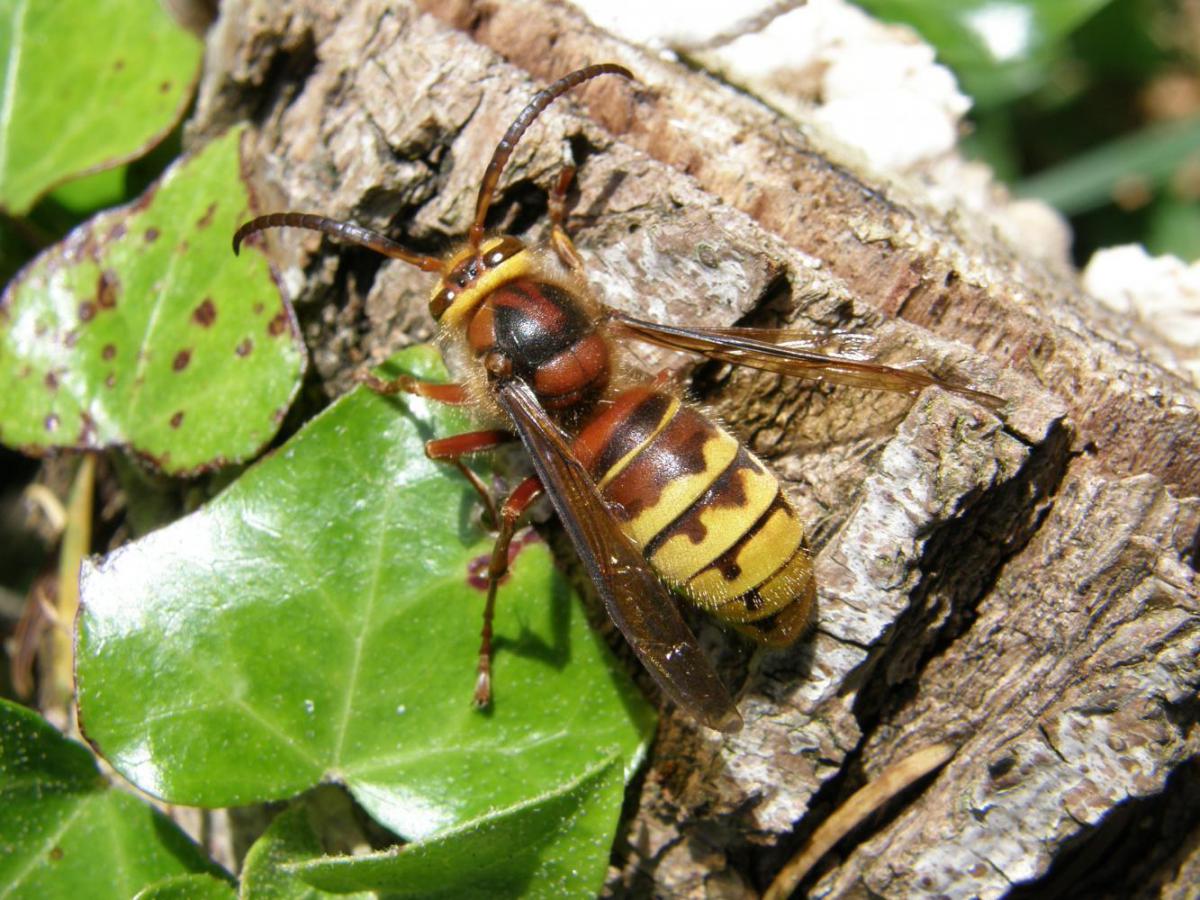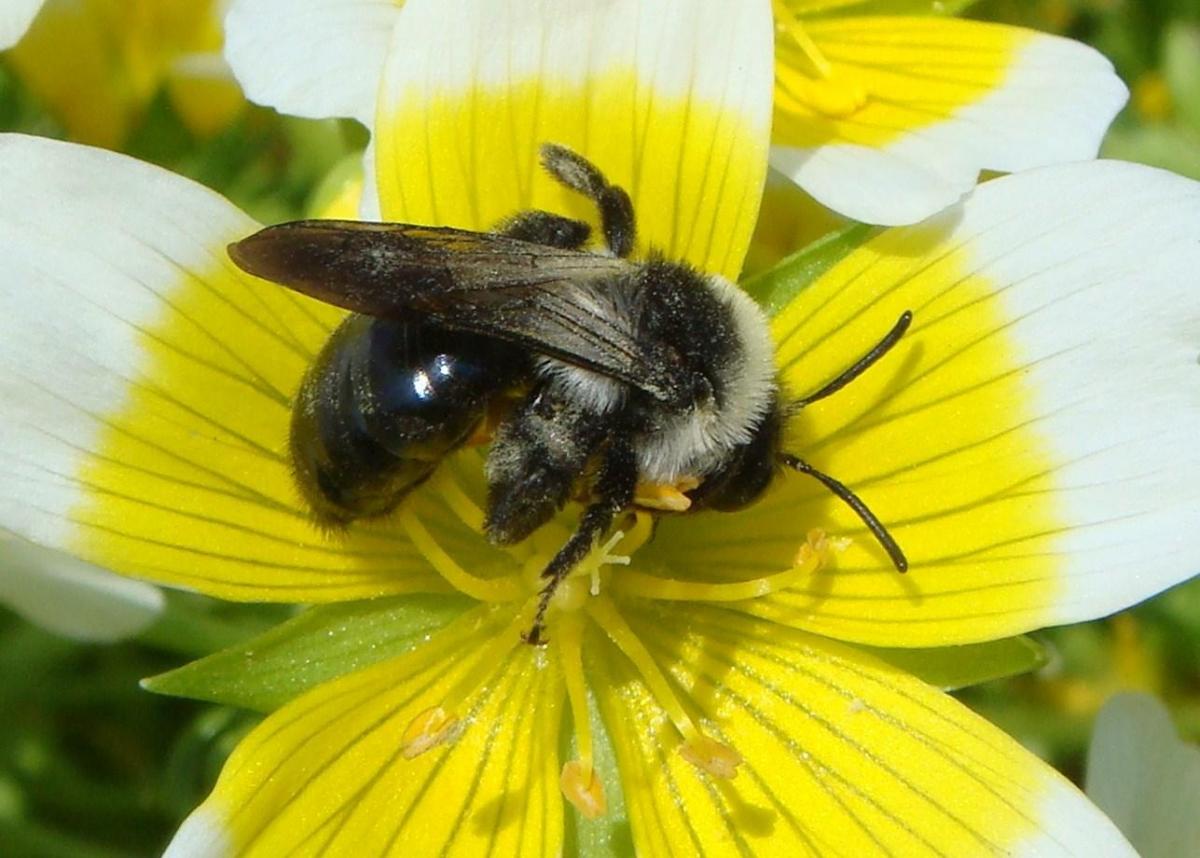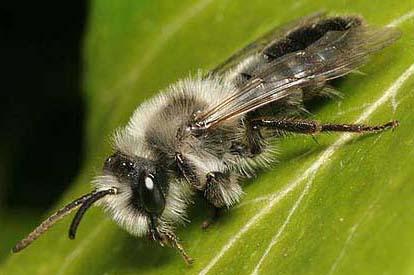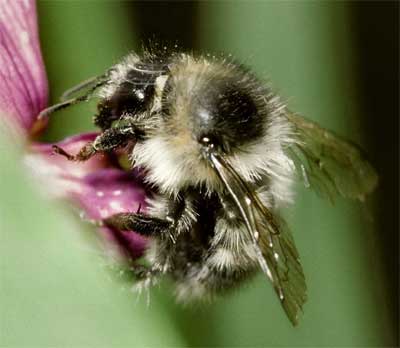Submit a sighting of Anthophora plumipes (hairy-footed flower bee)
Reporting your sightings of Anthophora plumipes
For the first time, BWARS has enabled online recording for this characteristic spring-flying species of bee. No dedicated recording effort of this species has been launched in Britain before and an accurate picture of its current distribution is lacking. Questions we are keen to address include:
- What is its current range and distribution?
- Is there any sign of range change since the BWARS atlas was published?
- What nesting sites are being used?
- Which flowers are being visited?
If you have any records of this large, and distinctive solitary bee, please submit the full details via this online recording platform. There is a facility for uploading photographs to support records if you have them. Please include any information on numbers, sexes, flower visitation, nesting sites and behaviour in the "Comments" section.
